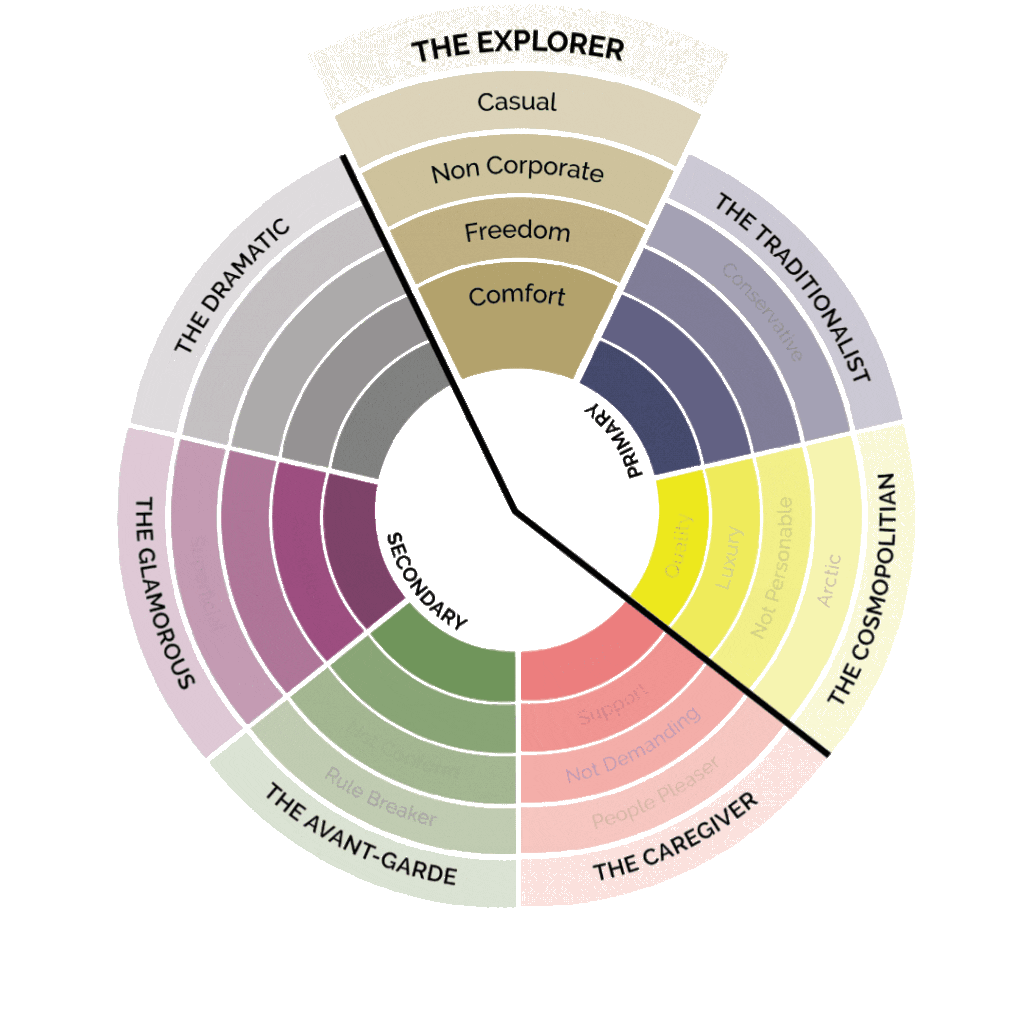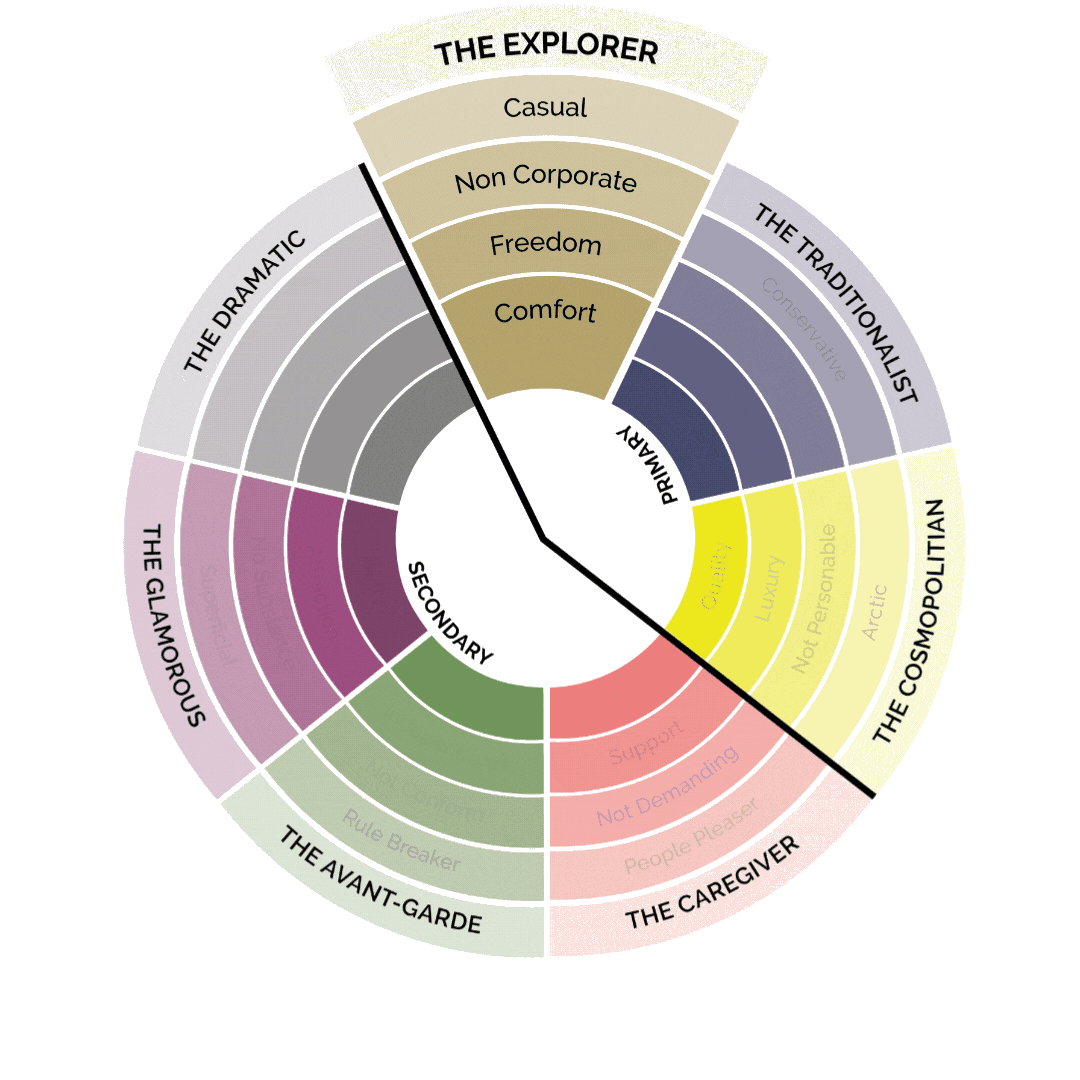PR in Business and Leadership: The Invisible Engine Driving Authority, Trust, and Influence
PR in business is often treated like a cherry on top—something nice to have once the “real” work is done. But here’s the twist: the real work doesn’t land without it. Whether you’re a startup founder fighting for oxygen in a noisy market or a seasoned executive navigating internal politics and public perception, public relations is quietly determining how far your influence really travels.
And yet, too many business owners and organizational leaders still see PR as press releases and damage control. The truth? It’s way more strategic than that. PR is storytelling, credibility, trust, positioning—all the intangible assets that drive tangible business outcomes. If you’re not actively shaping the narrative, someone else is doing it for you.
So the real question is: are you in control of your story—or just hoping no one else tells it first?
Key Takeaways
- PR in business is a strategic necessity, not a luxury or last resort.
- Trust and credibility are currency—and PR is the printing press.
- Leaders who communicate well, lead well. PR sharpens that skill.
- Silence is never neutral. If you’re not telling your story, others will.
- Great PR doesn’t spin—it reveals what matters most, with clarity and intent.
- Both startups and established companies benefit from proactive, not reactive, PR.
- Internal PR is just as vital for leaders as external media buzz.
The Hidden Power of Perception: Why Business Owners Can’t Ignore PR
When you think of your business’s biggest asset, what comes to mind? Product? Revenue? Team? Here’s one you might overlook: perception. Because how you’re seen often determines whether you even get the chance to show what you can do. For business owners and leaders alike, public relations is about more than just “getting media coverage.” It’s about strategic visibility. It’s how you shape the market’s understanding of your value before they’ve ever met you or tried your service. It’s the reason some founders become industry icons while others, equally talented, remain invisible.
PR doesn’t exist in a vacuum. It weaves through every interaction your business has with the outside world—whether that’s through your website copy, your presence in the media, the way you respond to a public issue, or how you show up at conferences. Every touchpoint either reinforces or undermines the story you’re trying to tell. That story isn’t just about what you sell, it’s about why you matter.
A strong PR strategy can help business owners and leaders punch above their weight class. Leaders can position themselves as thought leaders. Startups can appear more established. Small teams can project global thinking—even if they’re operating from a small local office. It’s not about deception; it’s about intention. People are drawn to stories—and PR helps you tell yours well.
Investors, partners, and customers don’t just evaluate what you do. They evaluate what others think of what you do. PR is how you influence that perception. It’s the credibility engine that powers growth, trust, and opportunity.
So, are people hearing about you the way you want to be known—or not hearing about you at all?
You can be the best in your field and still lose to someone who tells a better story.
From the Boardroom to the Breakroom: Why Leaders Need PR, Too
Here’s a truth we don’t talk about enough: leadership is 50% decisions, 50% communication. And most of the communication? That’s public relations. For executives and leaders within organizations, PR isn’t just about speaking to the public—it’s also about how you’re perceived inside your company. Internal PR shapes how your team sees your vision, your values, and your ability to lead through uncertainty. It influences morale, alignment, and retention.
The concept of internal PR might sound strange, but think about it. Every internal memo, team-wide email, company announcement, and all-hands meeting is an opportunity to shape the narrative. If you’re not intentional about that narrative, you risk creating a vacuum. And in a vacuum, confusion and misalignment thrive.
However, externally, leaders are also the embodiment of a company’s mission. When a leader speaks, stakeholders listen. That could be employees, investors, media, or customers. Every public word sets a tone. That’s why PR training and media coaching aren’t just for celebrities—they’re essential tools for any leader serious about influence. Being misquoted, misinterpreted, or simply misunderstood can erode years of trust.
Moreover, modern leaders are expected to be visible, values-driven, and accessible. Whether it’s speaking on podcasts, writing op-eds, or posting on LinkedIn, leaders today are judged not just by how they perform, but how they communicate that performance. PR helps shape a voice that resonates beyond the boardroom.
PR is leadership translated into language. It gives your decisions context, your strategy coherence, and your people a reason to believe. Because in the absence of clarity, people will create their own narrative—and that story might not be the one you intended to tell.
If you’re not shaping your narrative, someone with less context is.
Stop Outsourcing Your Voice: The Rise of Founder and Executive Visibility
There’s a growing shift in how the public relates to brands: people want to hear from people. Not just logos. Not just “brandspeak.” Real voices. This is where PR in business and leadership becomes deeply personal. Business owners and leaders are increasingly expected to show up—on podcasts, on panels, on LinkedIn. Not just as experts, but as humans. Thoughtful, vulnerable, visionary humans.
Visibility isn’t vanity—it’s a business asset. When a founder, CEO, or leader is seen as trustworthy, competent, and inspiring, it elevates the entire organization. You don’t need to be a media darling or have a million followers. What matters is consistency and clarity. What do you stand for? Why does your work matter? What do you believe the future looks like?
PR teams can help shape and distribute your message, but they can’t replace your voice. The most effective modern PR strategy is a partnership between an authentic personal brand and strategic amplification. People don’t want perfect statements; they want sincere ones. Sharing your journey, your learnings, and your outlook gives people a reason to connect with you—and by extension, your business.
So the question becomes: Are you hiding behind your brand, or giving it a face?
You don’t need to go viral—you need to be visible where it counts.
PR in Business and Leadership as a Strategic Growth Lever (Not Just a Megaphone)
One of the biggest misunderstandings about PR in business and leadership is that it’s about attention. Sure, media mentions feel good—but if they don’t lead to anything, what’s the point?
Strategic PR in business and leadership isn’t about shouting louder. It’s about amplifying the right story, to the right people, in the right context. It’s how you position yourself and your company in the mind of your market—and how you differentiate without racing to the bottom on price or features.
PR can elevate you beyond features and into meaning. Why do you exist? What problem are you solving that no one else is? What values drive your decisions? That story, when told well, makes you memorable. It creates emotional connection, which leads to loyalty. And loyalty? That’s what makes growth sustainable.
Good PR doesn’t work in isolation. It supports sales, marketing, recruitment, and investor relations. It helps your sales team close deals because prospects already trust you. It helps you hire because talent wants to work for companies with clear values and visibility. It helps you raise money because investors already see you as a serious player.
That’s what makes PR a growth lever—not a cherry on top, but a driver of demand, interest, and influence. It doesn’t just tell the world you exist. It gives them a reason to care.
So maybe the better question isn’t “How do we get press?” but “What do we want to be known for—and who needs to know it?”
Good PR doesn’t make you louder—it makes you clearer.
Crisis PR: Don’t Wait Until You’re Drowning to Learn How to Swim
Let’s be honest: crisis PR is what most people associate with the term. And yes, public relations shines in moments of reputational risk—but that’s only one part of the picture. The real benefit of having a solid PR in business and leadership strategy? You build trust before the crisis. So when things go sideways—and they will—you already have the goodwill, clarity, and relationships in place to weather it.
A reputation isn’t built in a press release. It’s built through consistent, thoughtful presence over time. That’s why crisis PR isn’t a standalone tactic. It should be embedded in your broader communication strategy. You need to know your values, your audience, your key messages before you’re under pressure. That way, when the heat is on, you’re not scrambling—you’re responding with clarity.
If you don’t have a PR team, that doesn’t mean you can’t prepare for a crisis—it just means the responsibility is yours. Start by regularly monitoring what’s being said about you and your business online. Use simple tools like Google Alerts or even manual searches on social media to keep your finger on the pulse. Stay aware of public sentiment before it becomes a wildfire.
Next, clarify your core values and key messages. What do you stand for? How do you want to be perceived in moments of pressure? Write down responses to potential tough questions now—don’t wait until emotions are high. Have drafts ready for different scenarios: a customer complaint going viral, a product issue, or a leadership misstep.
You also need to know when to speak. In today’s cancel culture, speed and sincerity matter. But equally important is staying true to your brand’s tone and being consistent. Don’t panic-post. Step back, assess the situation, consult your notes or advisors, and craft a response that aligns with your long-term values.
In short: fireproofing is your job now. It’s not about being perfect. It’s about being prepared.
And here’s something crucial: silence is never neutral. Failing to address an issue can be interpreted as indifference. Saying the wrong thing can escalate tension. But saying the right thing, in the right tone, at the right time? That can be a turning point—not just for damage control, but for growth and transformation.
Reputation isn’t earned in a crisis—it’s revealed by one.
ADDITIONAL RESOURCES
How Small Business Owners Can Use PR To Increase Visibility by Forbes
This article details how small business owners can leverage PR to gain exposure and build credibility without significant marketing expenditures.
17 Reasons Company Leaders Need To Invest In PR Before A Crisis Hits
Highlights the proactive benefits of PR for company leaders, including building a strong reputation and fostering stakeholder trust before any crisis occurs.
FREQUENTLY ASKED QUESTIONS
Do I need a PR agency to get started with PR, or can I do it myself?
You don’t need a PR agency to start. While agencies can help amplify your efforts, many early-stage leaders and business owners build strong visibility by being intentional: sharing insights on LinkedIn, contributing to articles or podcasts, speaking at events, and reaching out to journalists or platforms themselves. The key isn’t access—it’s clarity. Know your message. Know your audience. Then, find the most natural way to show up consistently.
What’s the difference between PR and marketing—and where should I invest first?
Marketing sells your product. PR sells your story. If marketing is about driving leads and conversions, PR is about shaping perception and earning trust. Both are essential—but PR lays the foundation that makes your marketing more believable. You don’t have to choose one over the other, but if people don’t know why you matter, even great marketing can fall flat.
How often should I be “doing PR”?
PR isn’t a one-time announcement or a quarterly press release—it’s a mindset. That doesn’t mean being everywhere, all the time. It means regularly identifying meaningful moments to share your perspective, celebrate wins, respond to industry conversations, or clarify your message. A consistent drip builds more credibility than a one-time splash.
Your Reputation Is Compounding—In Which Direction?

Here’s what it all comes down to: PR in business and leadership is a multiplier. It either amplifies your strengths or your silence. The way you show up—consistently, clearly, and courageously—creates a reputation that compounds over time. Ignore PR, and you’re leaving that compound interest to chance. Prioritize it, and you’re building equity in the most valuable currency today: trust.
Because in a world where everyone is talking, the ones who are heard aren’t always the loudest. They’re the ones who are intentional.
So—what story is being told about you when you’re not in the room?




